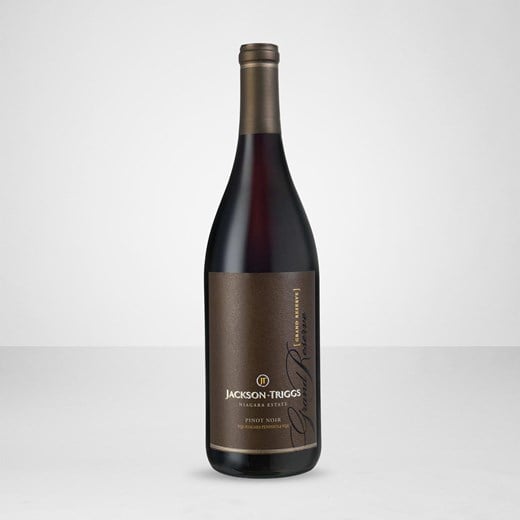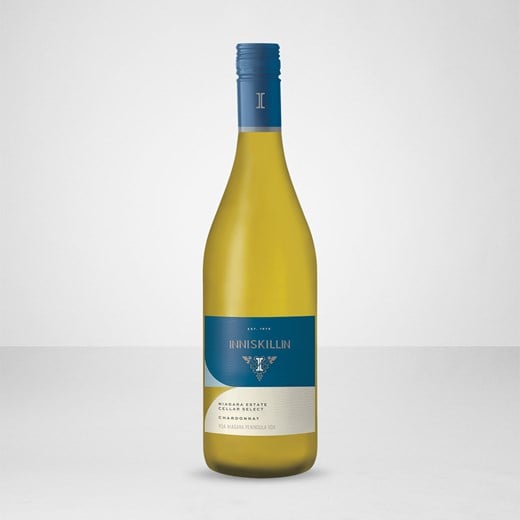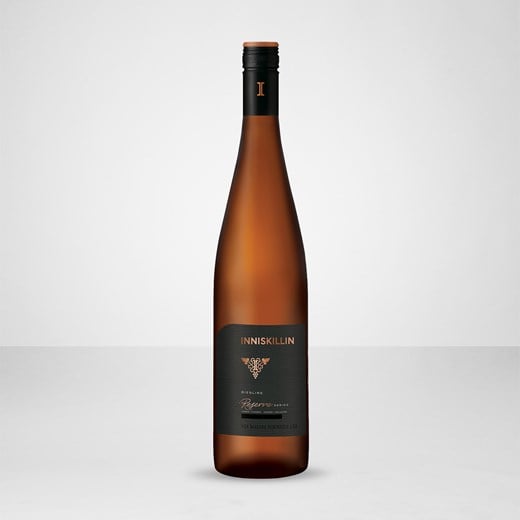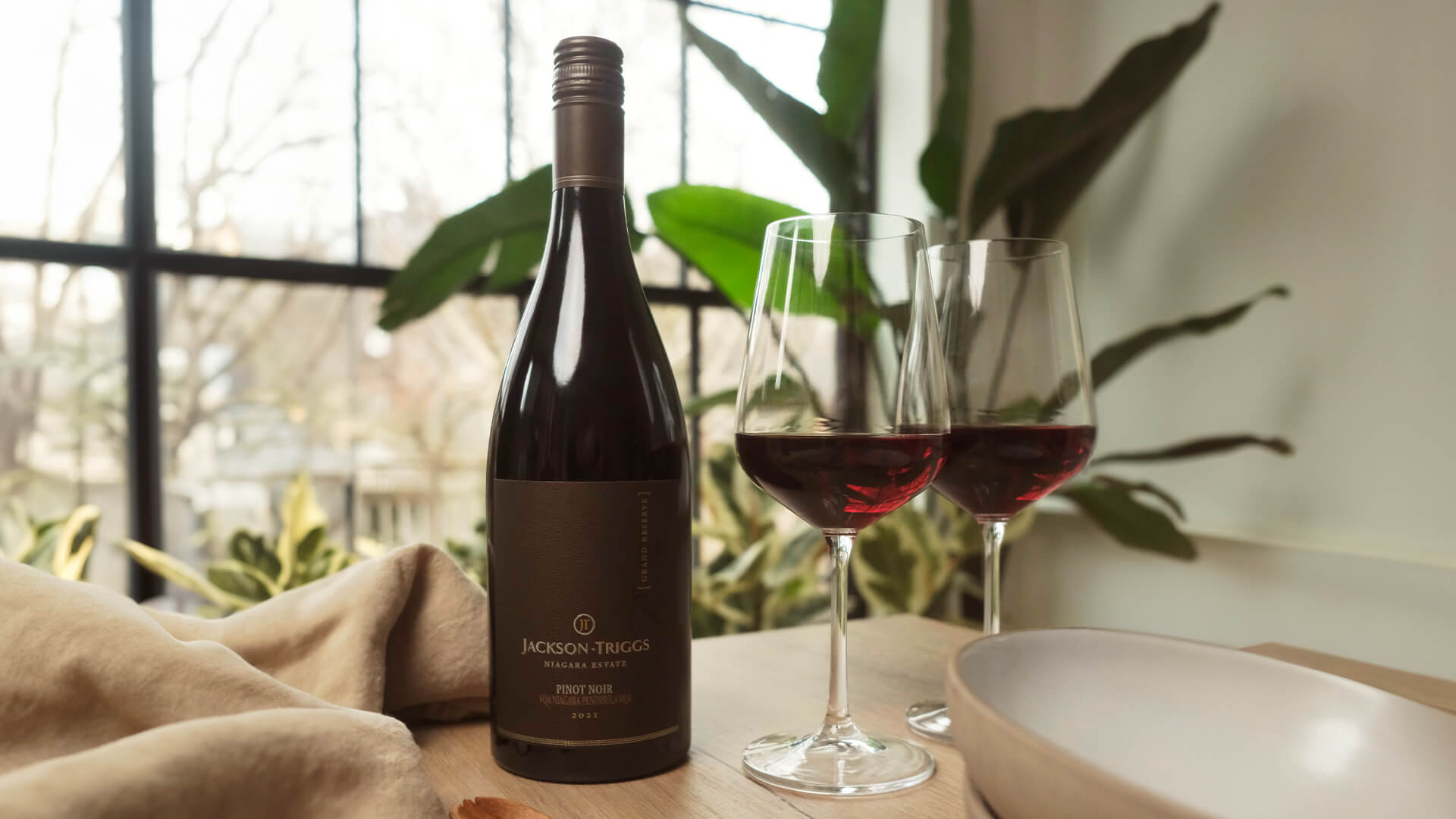Welcome, wine enthusiasts! There are A LOT of misconceptions swirling around the subject of wine. To clarify some things and bring about wine justice, we’re uncorking the truth surrounding the most common misconceptions in this enlightening Wine 101.
Misconception #1: Lighter Wine Hues Mean Lower Alcohol Content
Have you ever assumed that a lighter shade of wine equates to a lower alcohol content? Think again! While it's true that some lighter-coloured wines tend to have a lower alcohol by volume (ABV), don't let appearances deceive you. Take Pinot Noir, for example. Despite its translucent appearance, certain Pinot Noirs can pack a punch with ABVs exceeding 14%. So, the next time you reach for a glass of wine, remember that colour isn't always an accurate indicator of alcohol content.
Misconception #2: All Chardonnays Are Creamy and Oaky
Chardonnay – the beloved white wine known for its creamy texture and oaky notes. But not all Chardonnays fit this stereotype. From crisp and unoaked varieties to mineral-driven and lean expressions, the world of Chardonnay offers a diverse spectrum of flavours and styles. So, if you've been avoiding Chardonnay because of its reputation for being overly buttery or oaky, it's time to explore the vast array of options available.
Misconception #3: White Wines Don’t Age Well
Think white wines don't age well? While it's true that many white wines are best enjoyed young and fresh, there are exceptions to the rule. Complex grape varieties like Gewürztraminer and Riesling have the potential to develop beautifully with age, offering a unique tasting experience as they evolve in the bottle. So, don't be afraid to cellar that bottle of white wine — you might be pleasantly surprised by how it transforms over time.
Misconception #4: Heavier Bottles Equal Better Quality
Have you ever been swayed by the weight of a wine bottle, assuming that heavier means better quality? Contrary to popular belief, the weight of a bottle doesn't necessarily reflect the quality of its contents. While hefty bottles may exude a sense of luxury, it's what's inside that truly matters. Instead of letting the bottle lead, focus on the craftsmanship and care that went into producing it. After all, great wine comes in all shapes and sizes.
Misconception #5: Screw Cap Wines Are Inferior
Do you turn up your nose at wines with screw caps, believing them to be inferior to those sealed with corks? While cork closures have long been associated with tradition and prestige, screw caps offer a practical and reliable alternative. In fact, screw caps can be more effective at preserving the freshness and integrity of wine, especially when it comes to preventing cork taint. So, the next time you come across a bottle with a screw cap, give it a chance – you might be pleasantly surprised.
Misconception #6: All Rosé Wines Are Sweet
Rosé wine has surged in popularity, but many people still mistakenly believe that all rosés are sweet. Made from any red grape variety and cultivated in any wine region, rosé is produced in a wide range of styles – light, dry, fruity, sweet, and sparkling. Whether you prefer a light and refreshing or a bold and fruit-forward, there's a style of rosé to suit any palate and food pairing. So, don't let misconceptions about sweetness deter you from exploring the world of rosé.
Misconception #7: Wine Legs Indicate Quality
Have you ever admired the "legs" or "tears" that form on the inside of your wine glass, believing them to be a sign of quality? While wine legs can be mesmerizing to watch, they're not necessarily indicative of a wine's quality. These droplets are simply a result of alcohol evaporation and can be influenced by factors like alcohol and sugar content, as well as temperature and humidity.





